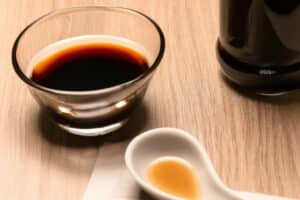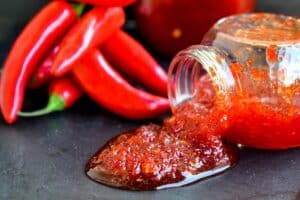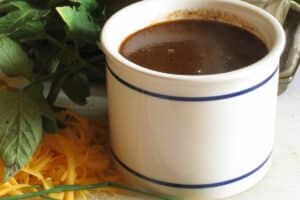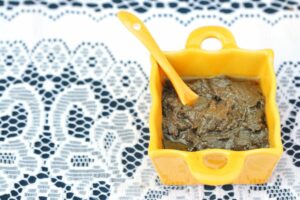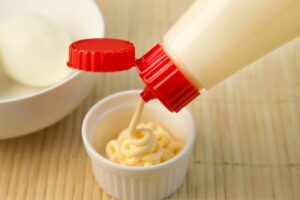With an excellent balance of spicy and sweet flavors, chili sauce is a popular condiment commonly used in various Asian delicacies. But if you’ve not found it at your local grocery store, you may have to design a quick, equally effective chili sauce substitute.
This comprehensive piece offers the best options, including homemade and alternative versions, to flavor your meal and the most frequently asked questions about the spice.

Recommended Sweet Chili Sauce Substitute
Whenever you don’t have chili sauce, several suitable substitutes can still come through for you. But you must consider the quantity called for in the recipe and the heat level. When you have to use smaller amounts, a spicy substitute will deliver concentrated heat. But when you have to use a lot, reflect if you can handle that much heat in the food.
Based on your recipe and circumstances, each substitute for chili sauce below will work well and deliver your expected flavor:
1. Chili Garlic Paste
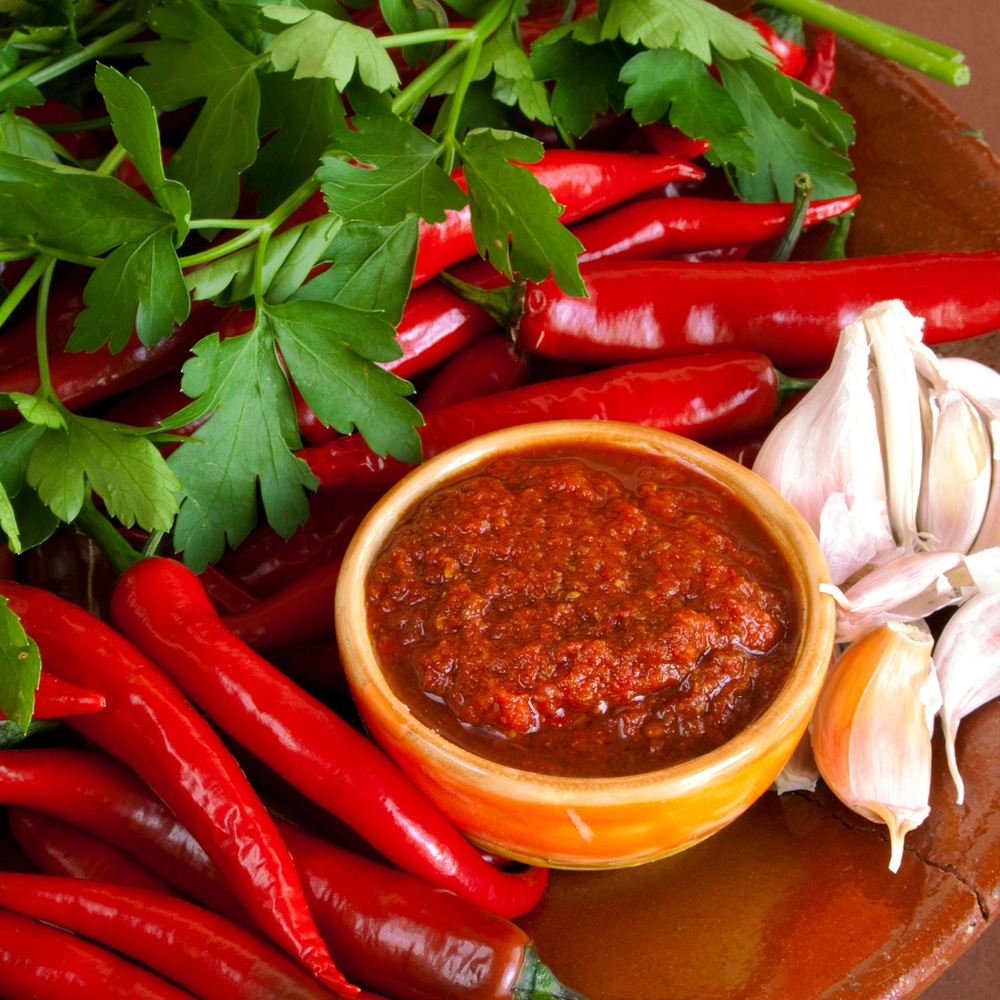
This is an excellent substitute for chili garlic sauce if you have some garlic and extra red chili. Those with chili plants outside can enjoy the privilege of a fresher taste. All you need to make the paste is a mortar and pestle.
For better results, roast or dry the chili, then chop it roughly. Next, add a generous amount of garlic, cloves, and chili, then begin pounding until it becomes a paste. You may also use a food processer or blender. Finally, store it in a clean container for a week’s usage.
While you may also include salt, olive oil, and paper, leaving it like that would highlight your paste’s spicy garlic taste. The chili-garlic paste is ideal for hot chicken wing glaze and rice bowl toppings.
2. Standard Hot Sauce
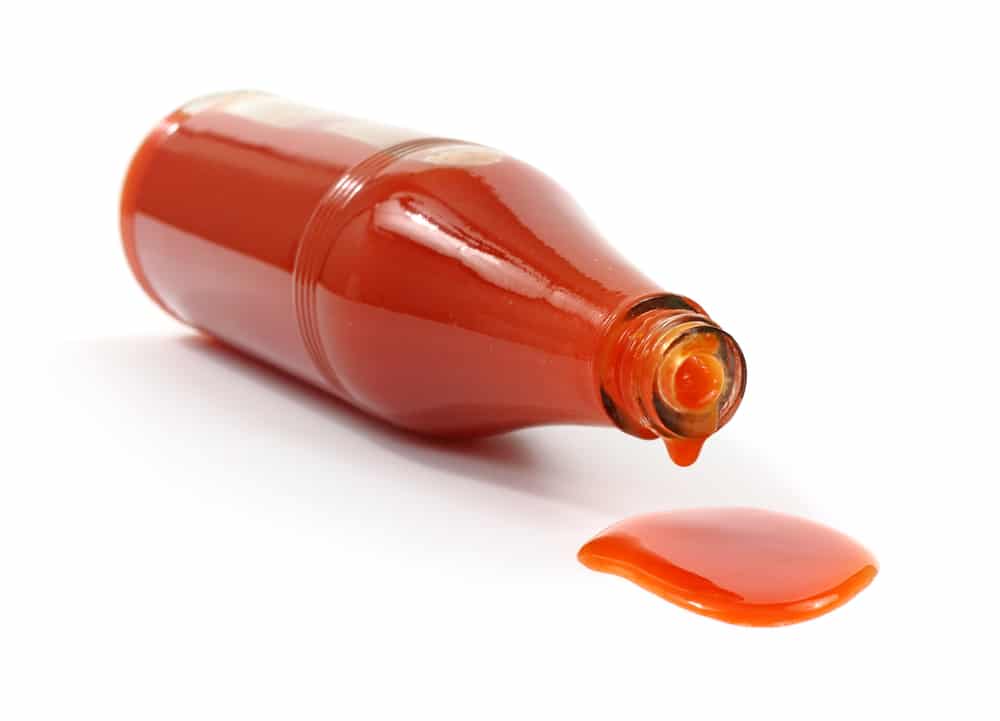
A store-purchased hot sauce is probably the easiest choice with numerous options, but you can make great choices depending on your heat level preference.
Some sauces have milder heat levels, while others are exceedingly hot, so choose your weapon carefully. As you make your comparisons before buying, be sure to check the spice and ingredient levels. A taste test is also vital before you smear the sauce all over your food.
See our article on the best low sodium hot sauce.
3. Black Bean Sauce
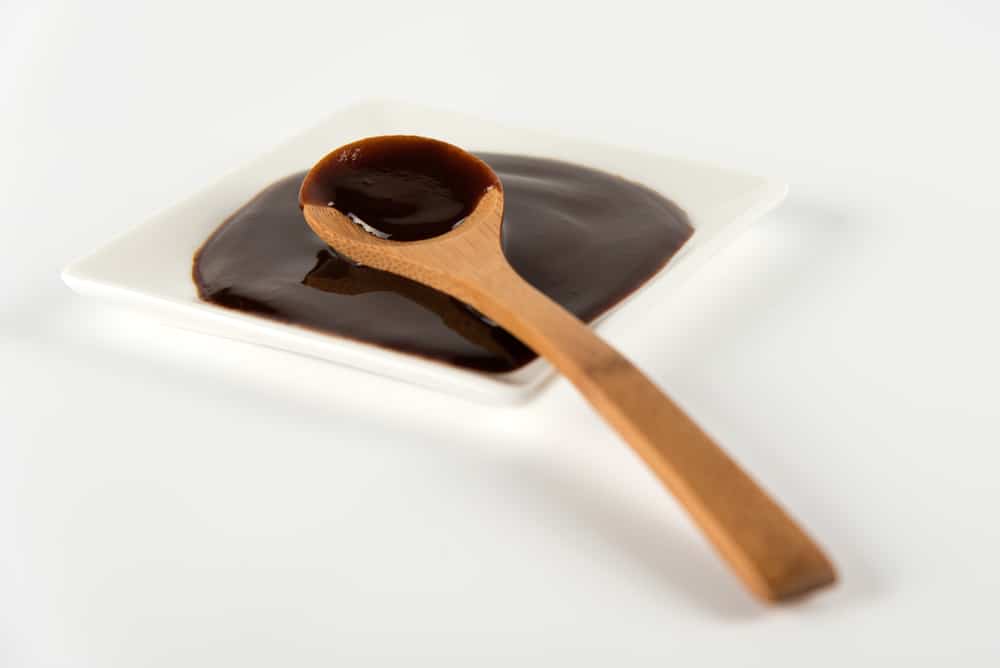
Originating from China, black bean sauce is the secret behind the famous Sichuan cuisine, thanks to its rich earthly taste and fermented flavor. Other people also call it doubanjiang, and it comprises chili, water, soybean oil, and salt.
Black bean sauce is a must-have remedy if you have plans to make any Sichuan delicacy at home.
4. Chili Flakes or Powder
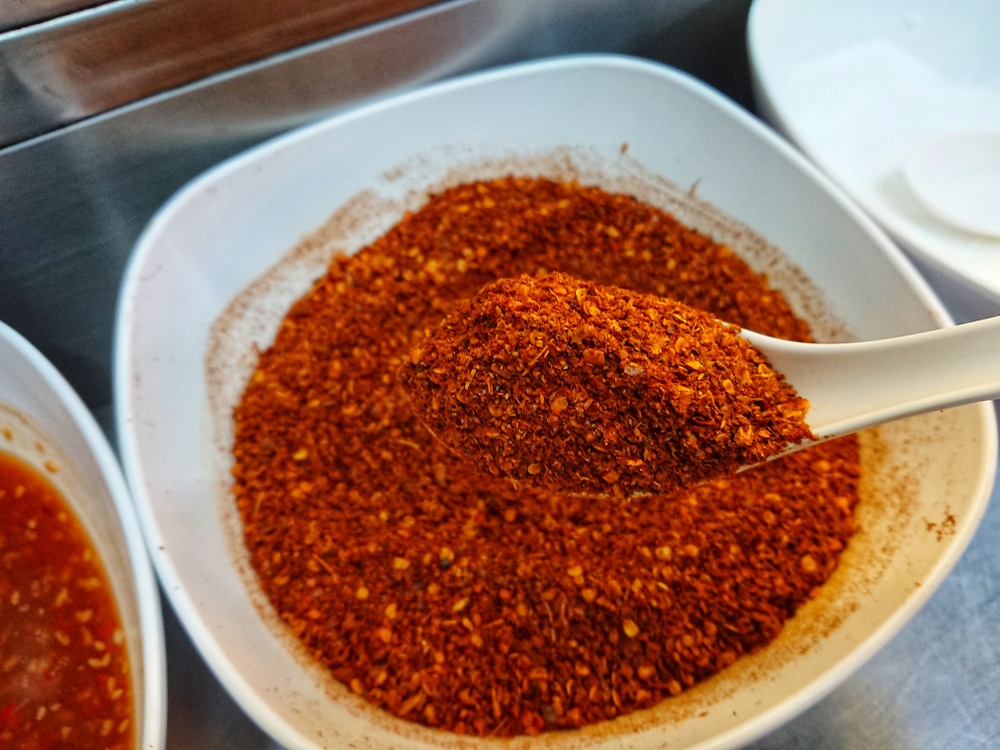
Chili powder or chili flakes are readily available, packed as a seasoning in jar form or a bag. Both options are fine, but ensure you check the product’s label to ascertain its spice level.
For a milder kick of spice, go for poblano, Anaheim, or banana peppers. But if you want a quick spicy kick, choose those made from Carolina reaper, jalapeno peppers, Korean chili peppers, or ghost pepper.
It’s possible to create your homemade chili flakes by roasting or drying your preferred chili pepper. Just use a food processor to grind it, then store it in a zip lock bag or airtight jar. Notably, this recipe can last you a year of usage, making it time-saving and practical.
Can’t find chili powder? See recommended chili powder substitutes.
5. Spicy Ketchup
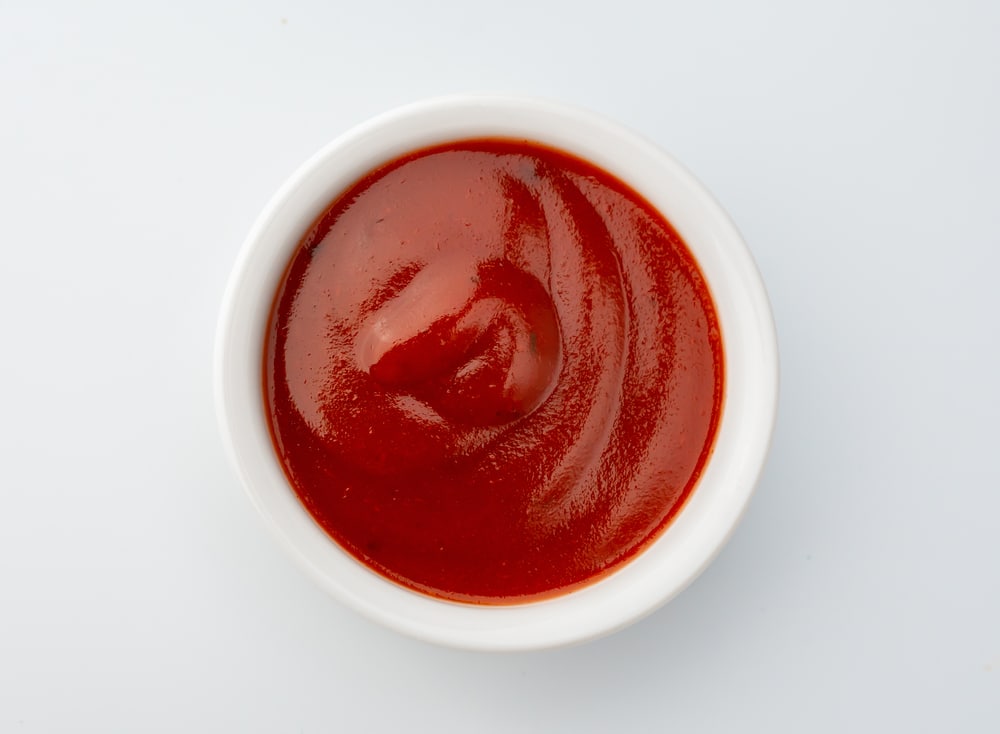
If you wish to have spicy condiments in paste form rather than powder, regular ketchup can be an excellent substitute for chili sauce. You’ll only need to mix it with chopped fresh chilies with regular ketchup to level up the ketchup taste.
Chili powder or flakes can be great options when mixed at a ratio of one tablespoon to one cup of ketchup. Adjust the chili to make it milder or spicier. You may also heat the ketchup then mix the chili for a spicier
Alternatively, you can save time by purchasing readily available ketchup at the store. These have longer shelf lives and come with easy-to-use bottles to pour on various dishes.
6. Harissa Sauces
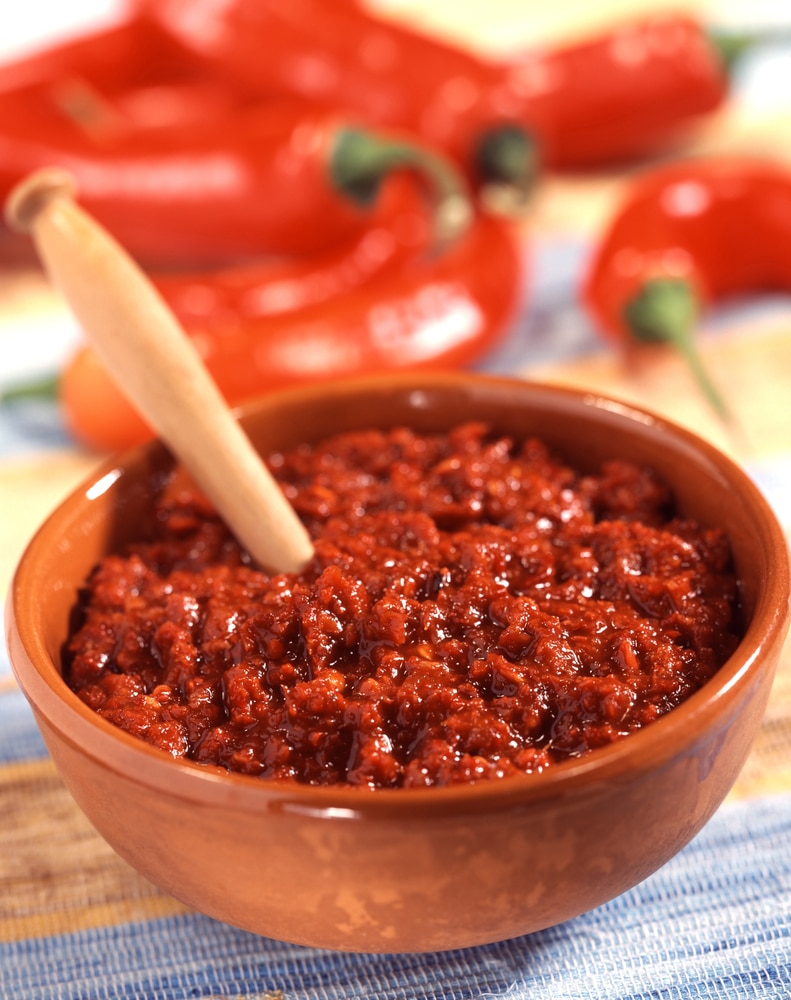
This chili sauce alternative contains garlic, vinegar, red chilies, and several other spices. It originated from the North African region and is famous for its incredible aroma and flavor.
Adding dry chilies and sesame or caraway seeds will create crunchy bits of chili available in options like chilly garlic sauce. However, it’ll still be delicious even without the caraway seeds.
Creating this sauce involves roasting coriander and cumin seeds for flavoring, then soaking red chili in hot water. You’ll then combine all these and add paprika and lemon juice. Once ready, you can add it to soups and stews and enjoy it as a dip or marinade.
7. Tomato Sauce
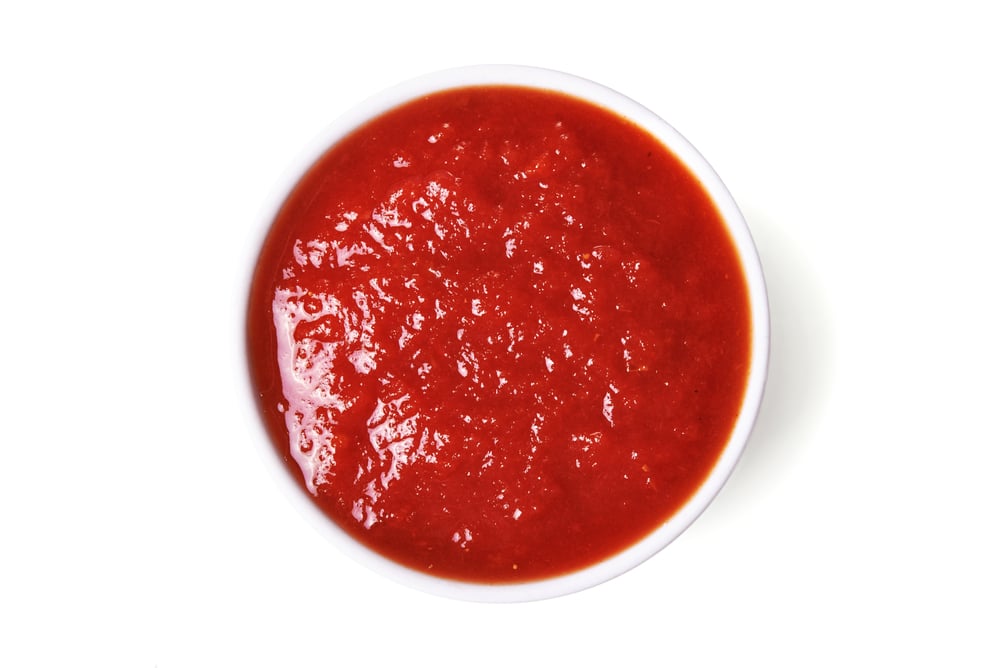
Another great chili sauce alternative would be to spice up regular tomato sauce. Use the same approach as ketchup, where you’ll open the extra tomato sauce bottle, then add chili powder or freshly chopped chili and mix or heat to mix them effectively.
This technique is also ideal when creating unique and spicier pasta sauces. It allows you to adjust the spiciness level instead of conforming with that of ready-made chili sauce.
8. Sriracha Sauce
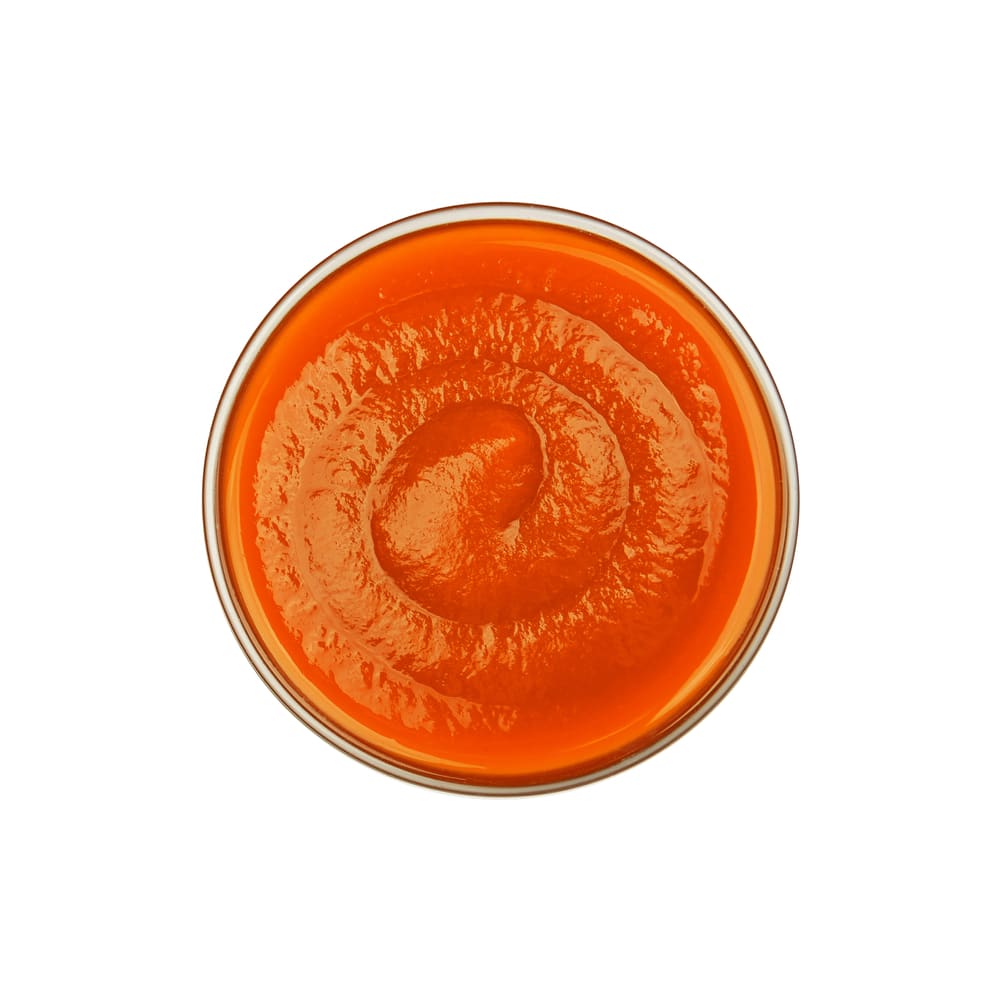
The origin of this chili sauce replacement in Thailand and the Thai food’s international boom made the famous sauce receive nods from the global culinary scene. Sriracha sauce is made out of vinegar, red jalapeño chili peppers, sugar, and garlic.
Interestingly, you can create your homemade sriracha sauce. But getting a quality one from the nearby store can be convenient. If it’s your first time, you might want to begin with small quantities then work your way on the experience through the different spiciness levels because it’s relatively spicy.
Frequently Asked Questions About Chili Sauce
The most frequently asked questions regarding this popular ingredient include:
Most chilly sauces are healthy in moderation. Every product page highlights the in-depth nutritional information, but most of these products contain zero or limited traces of fat or sugar. It’s also true to conclude that the chili sauce market is among the healthiest you can encounter.
Comparing these products to others like ketchup, mayonnaise, or the sweet chili sauce in your local grocery store, you’ll notice that hot sauce doesn’t contain saturates or sugar.
Most people are curious about the kind of meals with which they can’t or can use. With numerous chili sauce brands to choose from, you’ll always find a perfect ingredient for every dish. It’s true to state that chili sauce and its alternatives are the most versatile condiments of all. From hamburgers to pasta, from curry to soups, we use chili sauce on everything.
And by pairing the proper sauce for each dish, you’ll only get to improve the flavor of your delicacy. So try out different product varieties, and you’ll be surprised how well you can pair vast options with your regular meals.
Most chili sauces function as a table sauce, which means you’ll have prepared your food and served it on a dish before applying some hot sauce to add the flavor. However, there are exceptions in scorching chili sauces.
These require moderate use while cooking, and you’ll find that just a drop could be sufficient to spice the entire food plan. Using such products directly on plates can be extreme to some users.
You could store your chili sauce in a cool and dark place, to be sure. But you must ensure the sauce isn’t constantly heated or in the sun lots of times. If you use products like tomato sauce, ensure you check the bottle. If the manufacturer mentions “refrigerate after opening the bottle,” you must always store your remedy in the fridge after use.

